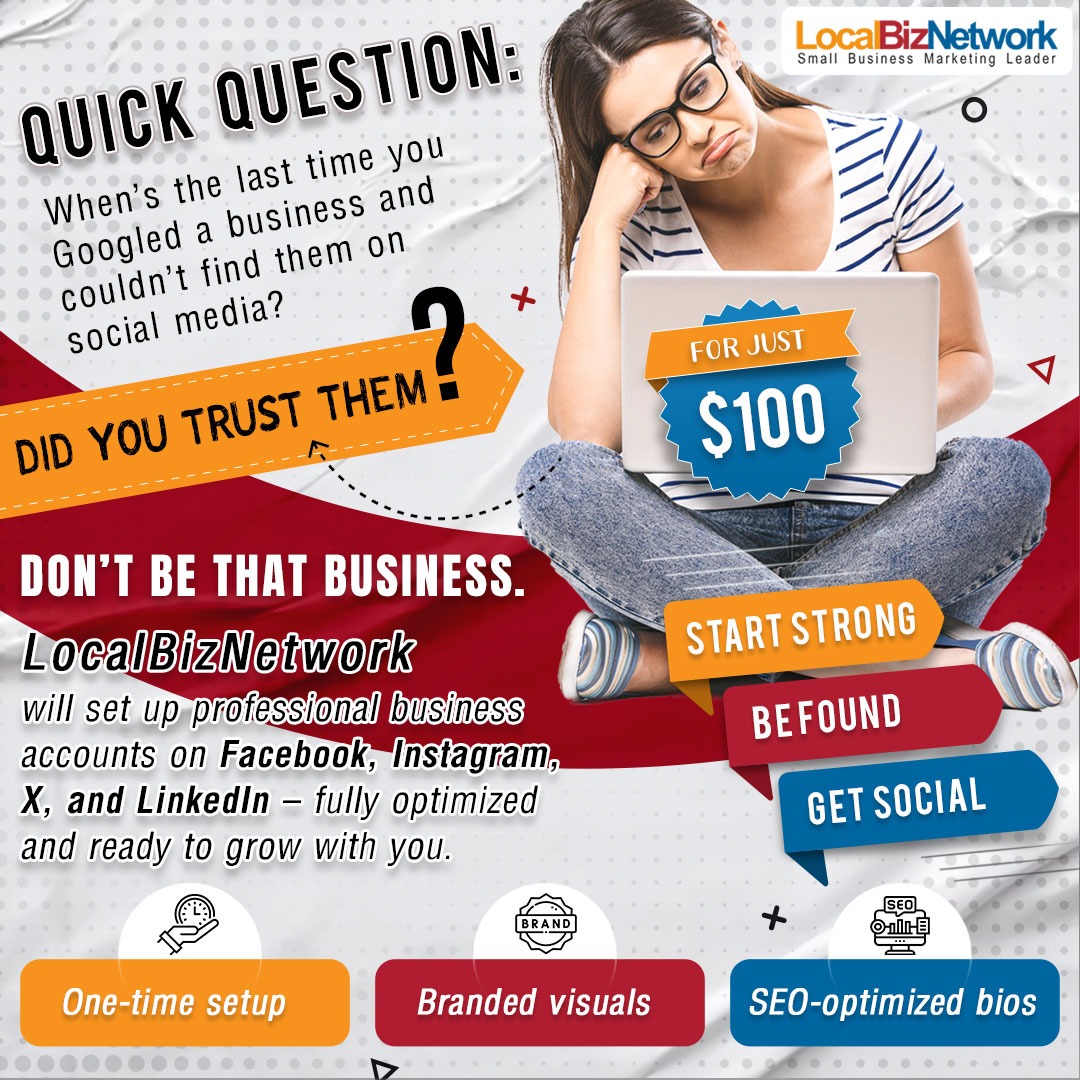Strategies for Small Business Recovery after the Pandemic
 The last 2 years have been a truly tough time for small businesses. Many were forced to close their doors and those who survived have been badly hit. If you are one of those who have survived, be proud of your resilience and the fight you put up to stay afloat. You may have had to change business practices and processes and adapt to new circumstances over the last 2 years and now that the pandemic appears to be under control and perhaps fading away, it is time to start thinking beyond simple survival and to start planning your return to growth. The way you plan your recovery will be a crucial component of how successful your plans will be. Here are some of the important issues and factors to keep in mind.
The last 2 years have been a truly tough time for small businesses. Many were forced to close their doors and those who survived have been badly hit. If you are one of those who have survived, be proud of your resilience and the fight you put up to stay afloat. You may have had to change business practices and processes and adapt to new circumstances over the last 2 years and now that the pandemic appears to be under control and perhaps fading away, it is time to start thinking beyond simple survival and to start planning your return to growth. The way you plan your recovery will be a crucial component of how successful your plans will be. Here are some of the important issues and factors to keep in mind.
Assess Your Finances:
For 2 years you have been in survival mode and were grateful for any income that came into the business. That mindset has to change. Taking a long hard look at your finances is vital. You will need to allocate resources to place yourself back on the growth path and that means being ruthless in finding where you can save even more to generate the funds you need to grow. Examining your profit and loss and cash flow for the years prior to the pandemic and the changes over the last 2 years will give you a clear indication of where you stand now.
Create a Recovery Plan:
This is not looking at your old business plan and picking from where you left off 2 years ago. The market has changed, customer preferences and needs have changed, the way business is done has changed and your business has to change to meet the new imperatives. When creating a recovery plan remember that the growth will not be linear – there will always be bumps and obstacles to overcome. Use the experience of the last 2 years to help prepare for the hazards that may appear in the future.
Also Read: 5 Ways to Increase the Visibility of Your Business
Develop a Timeline:
Every business guru has his or her own theory on how the recovery will progress. Some may be more accurate than others, but none of them will be 100% right. Understand the potentials and pitfalls and after you incorporate them into your recovery plan, create milestones that will help you monitor progress. When you reach a milestone and things are not what you planned for, you will have the time to make the mid-course corrections you need to keep your recovery on track.
Return to Your Market:
The market has changed and so should your business model. You need to remind your market of what your business is and how it has changed. People are looking for every kind of product or service and they prefer to find it locally. However, the old pre-pandemic image of your business may not be what they want today. To address this problem and bridge the gap, use a local business directory to present your business to new customers and to tell old ones how you have changed and how you can meet their new requirements. A local small business directory that has a wide reach, a great reputation and that offers the kind of support you need to create an appealing directory entry will give the business the boost it needs to jump-start the recovery.
- Jun 21, 2022






